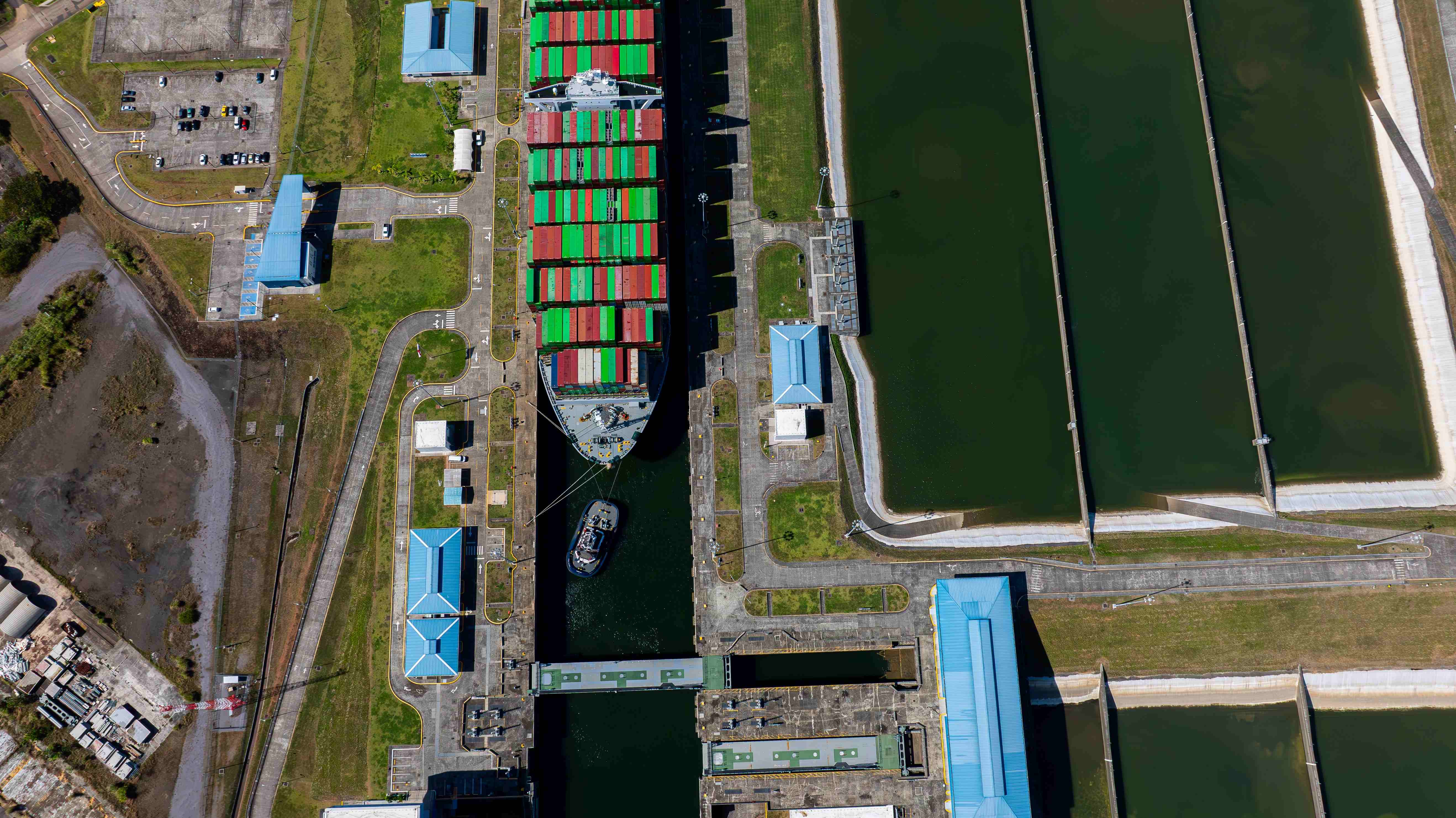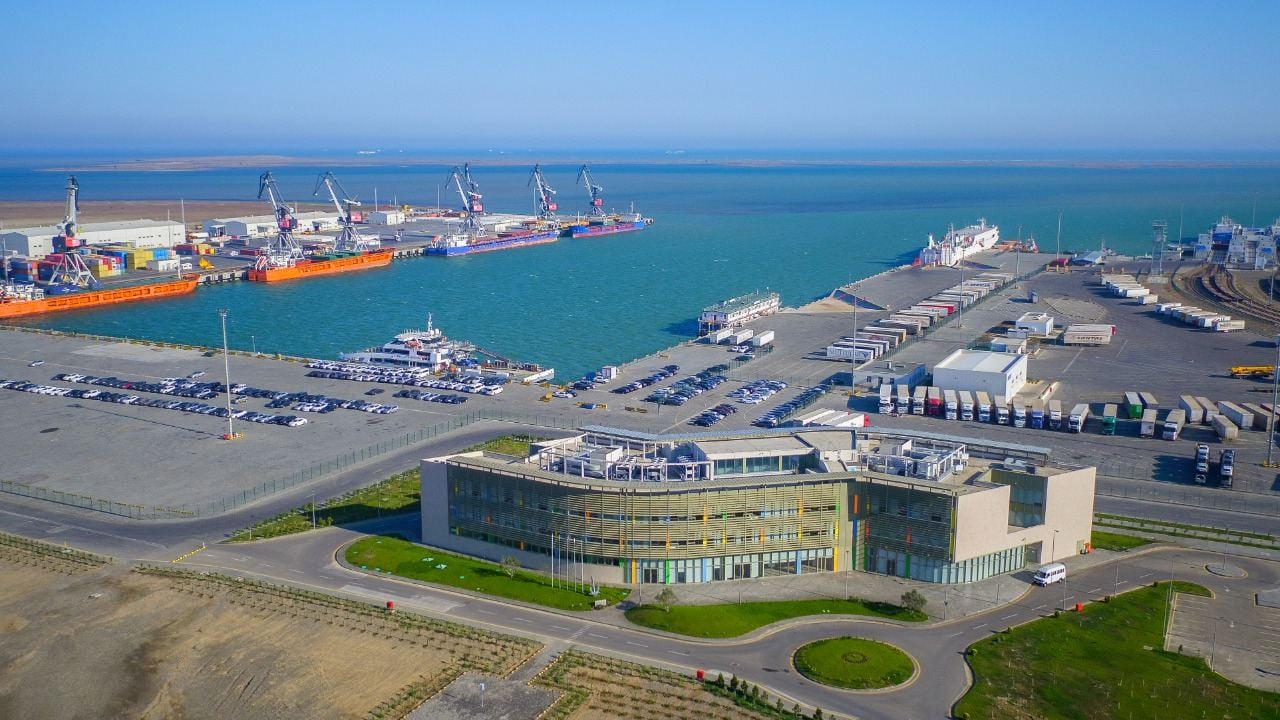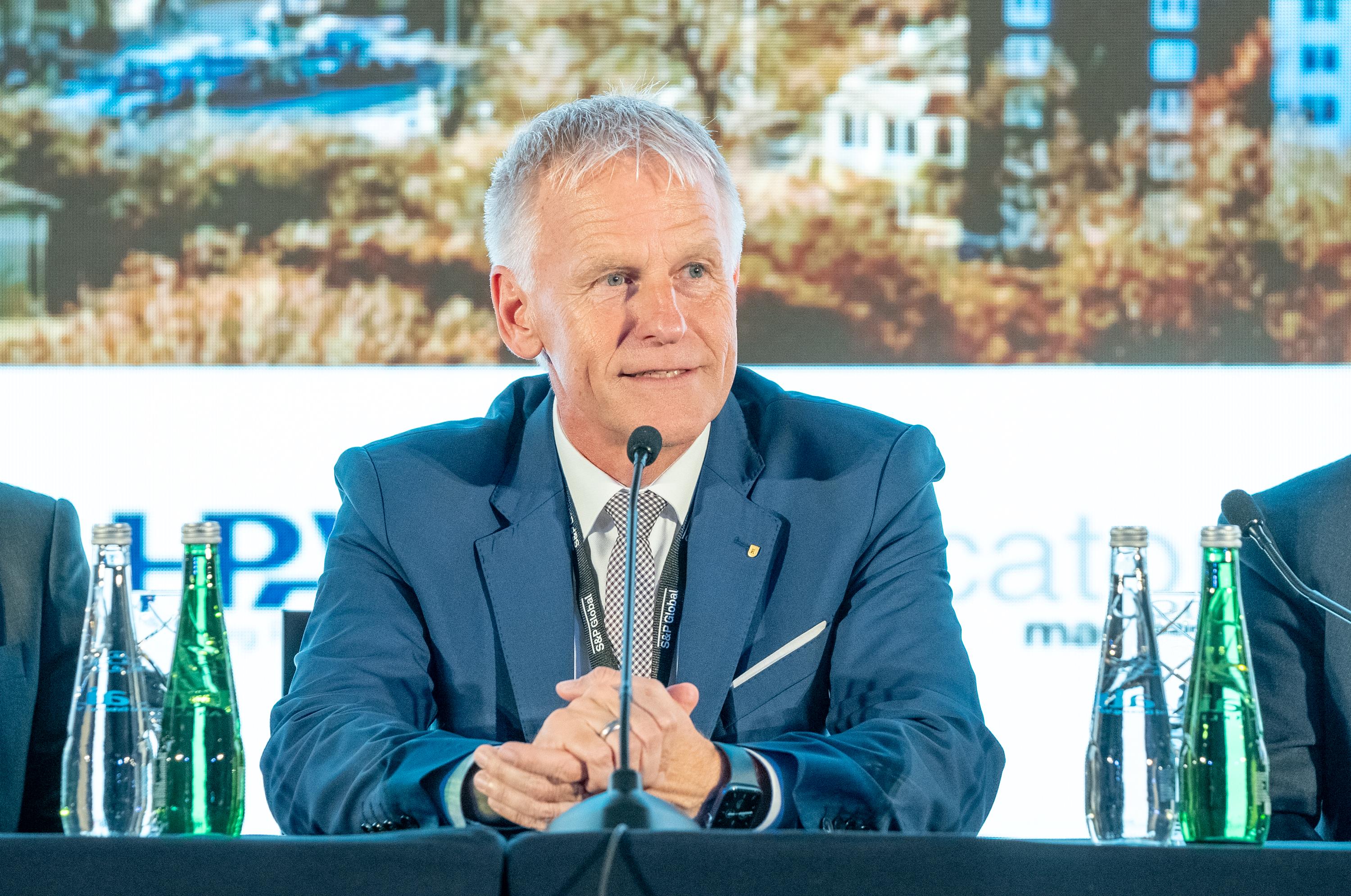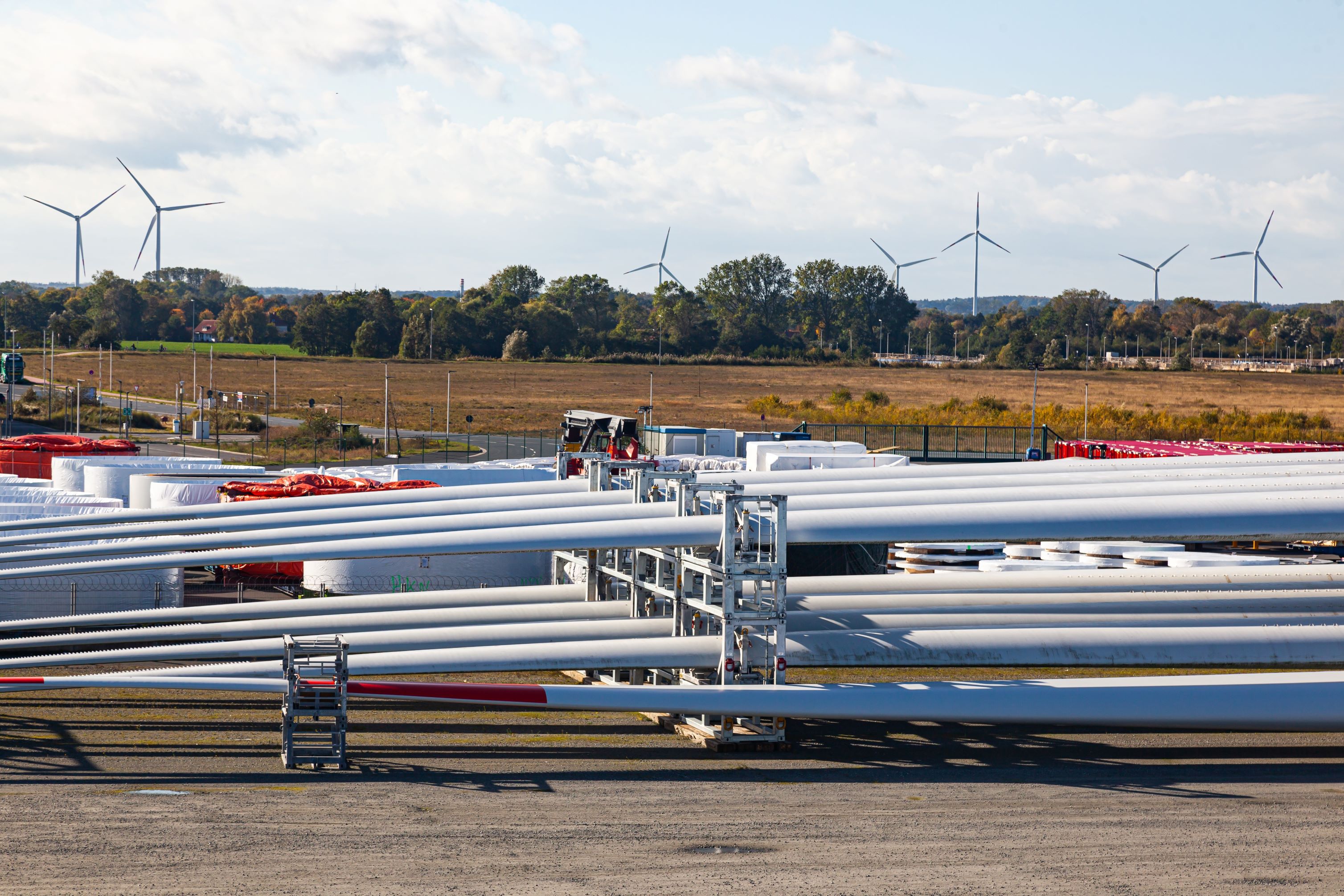Trade flows adapting to climate change impacts
Leadership Insights newsletter story
Climate change is already bringing disruption to world trade flows and will deliver further supply chain interruptions, modal shifts, and route changes.

As extreme weather becomes increasingly common around the globe, climate change is beginning to impact the work of ships, ports, and vital waterways, bringing disruption to some of the most established trade flows.
The most high profile and recent example is the restriction of transits through the Panama Canal due to a prolonged drought affecting water levels in the lake that feeds the canal’s operations. In normal operation, the Panama Canal has around 36 transits per day, but from mid-January 2024 there were just 24, and authorities almost pulled back to just 18.
Vessel draught restrictions have progressively fallen throughout 2023 from their usual level of 15.24 metres to 13.11 metres, limiting the size and cargo carrying capacity of vessels transiting the canal.
The alternative for shipping is a long detour around South America by the Magellan route, or going via the Suez Canal – a waterway facing its own complications in recent months due to the Red Sea crisis. Alternatives include diverting imports to US West Coast ports, using trucking and rail over-landing in the US, a costly and carbon heavy solution. Meanwhile, companies such as Maersk have split its Oceania-America service into two parts, an Atlantic loop and a Pacific loop joined by an 80km rail “land bridge” to move goods across Panama.
Peter Sand, Chief Analyst at Xeneta told ICS Leadership Insights: “In terms of numbers of containers, Far East to US Gulf and US East Coast are the hardest hit trades, but they do have alternative routing opportunities. Worst off are South America West Coast to US East Coast and Europe trades, and much of this is perishables.”
Sand expects disruption to continue through most of 2024, easing in the second half assuming rains return.
Jan Hoffman, Head of Trade Logistics at UNCTAD, told ICS Leadership Insights that there is a hidden impact on trade resilience caused by forced modal changes, with “fewer options to ship” leading to more risk of interruptions.
“As we saw recently, the reduction of transits through the Panama Canal is compounded by the crisis in the Red Sea. The surge in container freight rates as measured by the SCFI [Shanghai Containerization Freight Index] at the end of December was the highest weekly increase ever recorded.”
However, not at all of the consequences of global heating limit shipping.
Finding another way
As the world warms and sea ice retreats, waters previously icebound year-round have become navigable in the summer season. The ongoing advance of global warming and receding of sea ice means these routes are viable for more of the year and accessible to vessels with lesser ice-class reinforcement. These trends are expected to continue.
In 2023, China’s NewNew Shipping Line made headlines operating the first regular container service via the Northern Sea Route (NSR) which runs along Russia’s northern coast. Four vessels served the route, connecting Qingdao in China to St Petersburg in Russia between July and December.
The vessels on NewNew Shipping Line’s NSR service ranged between 1,700 teu and 3,600 teu, were ice breaker escorted, and had ice class ratings ranging from Arc 5 on the high end to Ice 1 on the low end under the Russian Maritime Register of Shipping rules, approximately equivalent to IACS Polar Rules ISS to IS4.
A signal of the commercial success of the venture, the container line said it planned to add up to 10 vessels to the service in 2024.
A similar opportunity for an Arctic shipping shortcut is available on the north coast of Canada, where the opening of the Northwest Passage will provide another route between major trading partners. Of the 42 vessels that transited the Northwest Passage in 2023, 13 were commercial vessels, according to figures from the University of Cambridge’s Scott Polar Research Institute.
Both the total number of vessels and the number of commercial transits in 2023 were records, and the data stretching back to 1903 shows increasing shipping activity over time and a rapid acceleration in the 21st century.
The commercial incentive to sail North comes from the promise of shorter voyage times and significant fuel savings. Transiting these emerging routes will however come with higher insurance costs, present significant environmental risk to the Arctic region, and place vessels in areas where support and emergency response may not be in place.
Widespread adoption of the routes remains doubtful. “In spite of some hype around the Northern Sea Route, I believe that we are a long way from benefiting from this option for significant volumes of transit,“ said Hoffman, noting trade between Asia and Europe will continue to go “mostly through the Suez”.
Sand gave the Northern Sea Route similarly short shrift: “It’s not a viable commercial route. I don’t see a particularly bright future for container shipping via NSR nor the Northwest passage. The idea behind it rests on subsidies, geopolitics and subpar understanding of how container shipping works.”
The world’s changing climate has a demonstrable impact on current trade flows and the capacity to rewrite shipping routes in the coming decades, creating winners and losers as voyages lengthen or shorten and disruption works its way through the supply chain.
The resilience of global supply chains and the future of international commerce now hinge on how effectively the world navigates these uncharted waters of a changing climate.
For the shipping industry, medium and long-term planning must consider the business impacts of climate change as well as the tools available to minimise our own climate impact.
Related content

Baku port seizes opportunity to expand container operations

Jens Meier: Ports in transition

Supply chain and turbine operation challenges pose threat to renewable fuel generation
